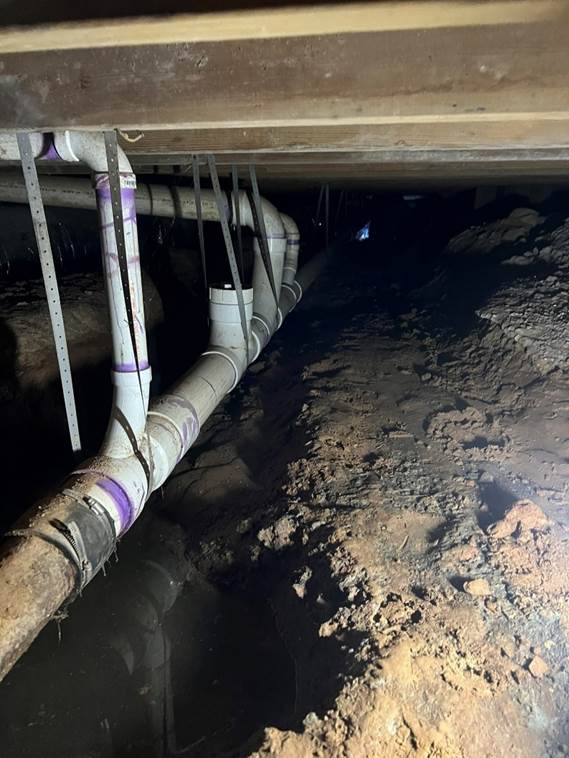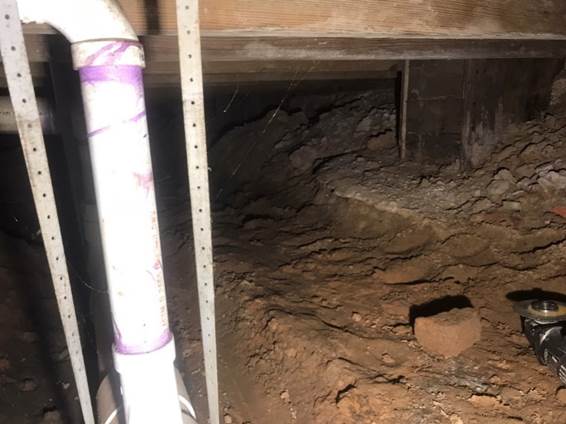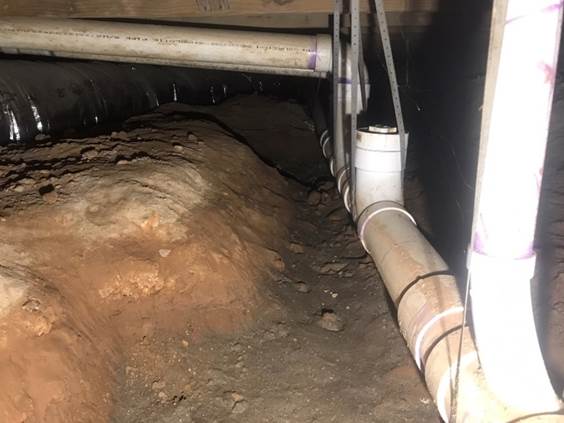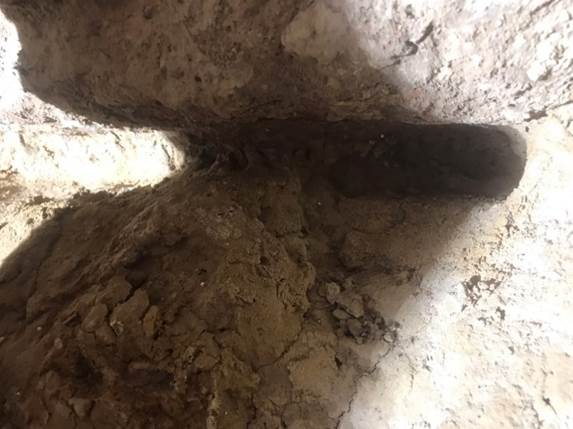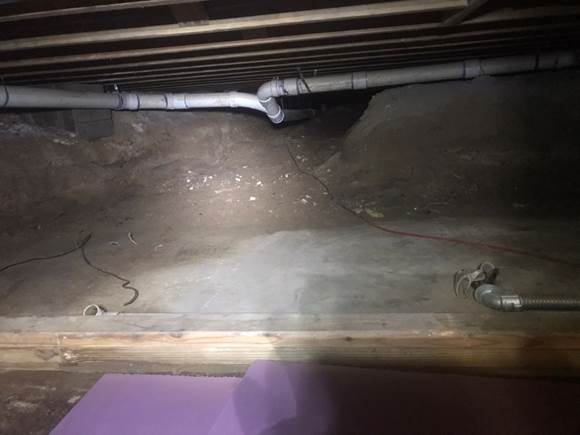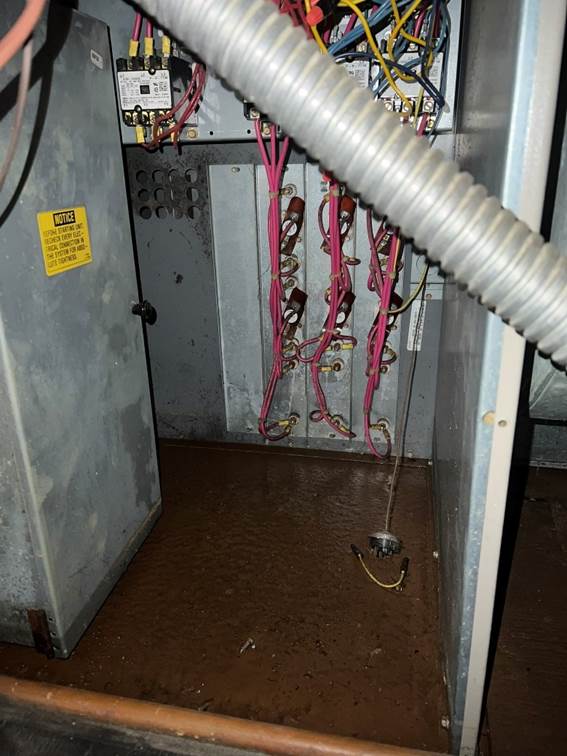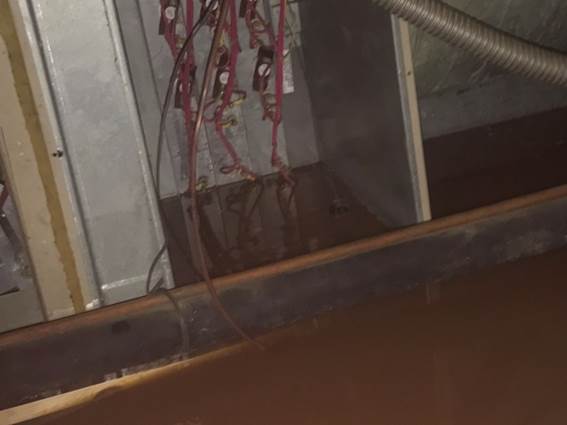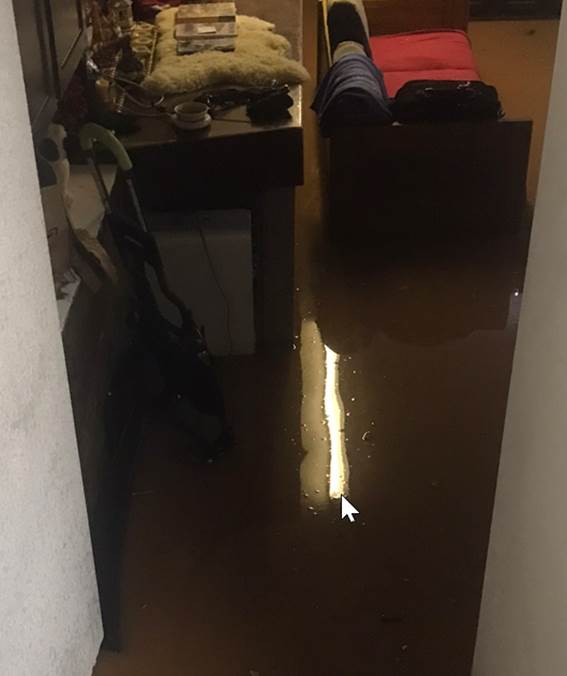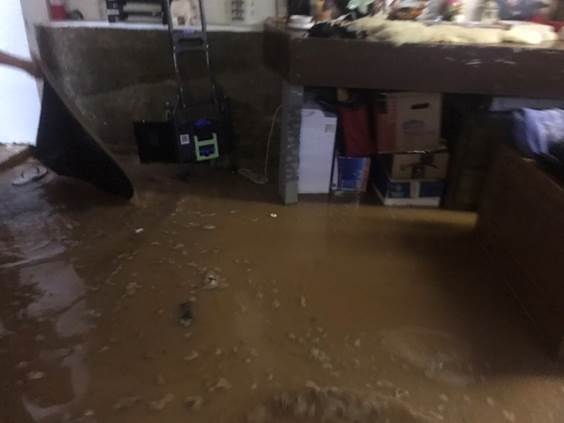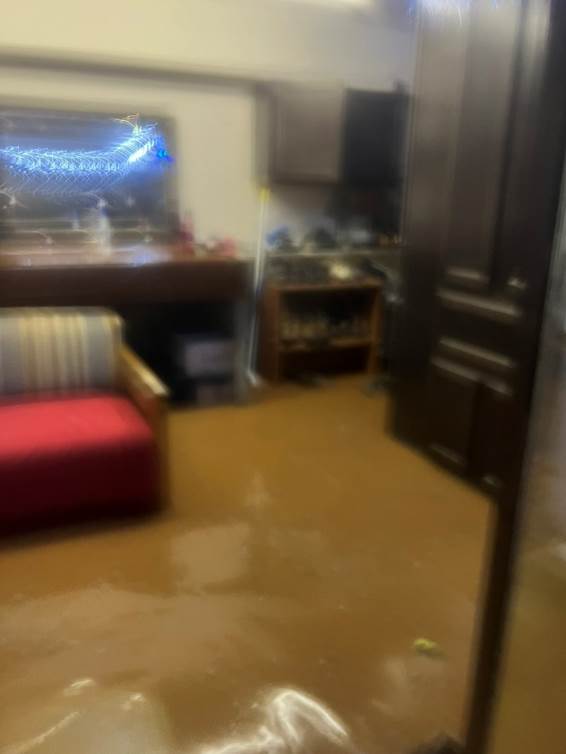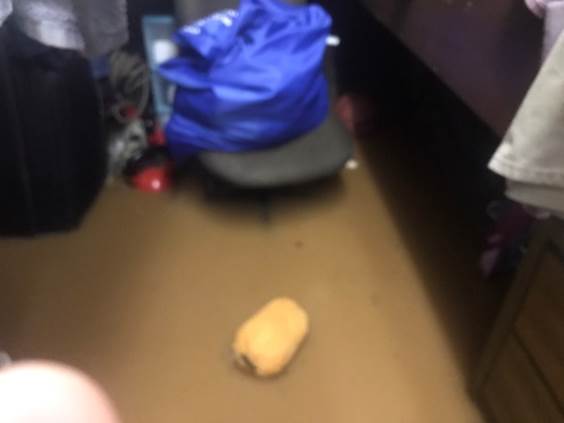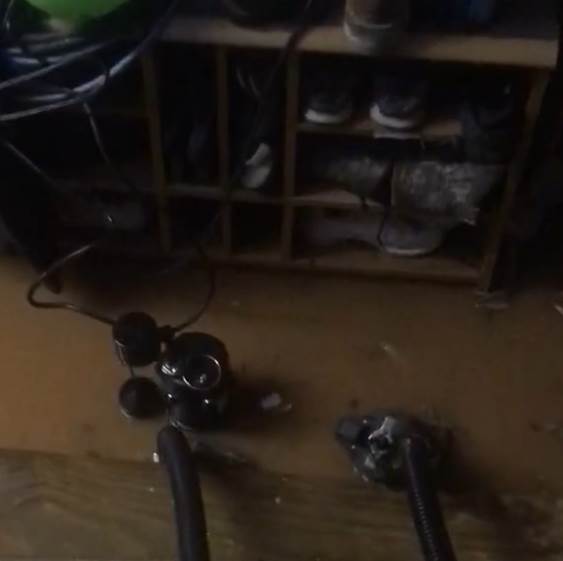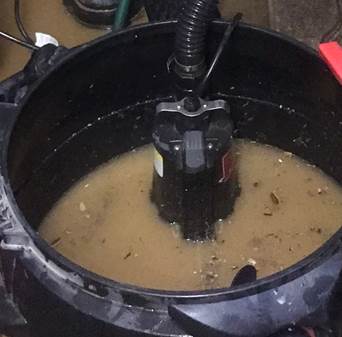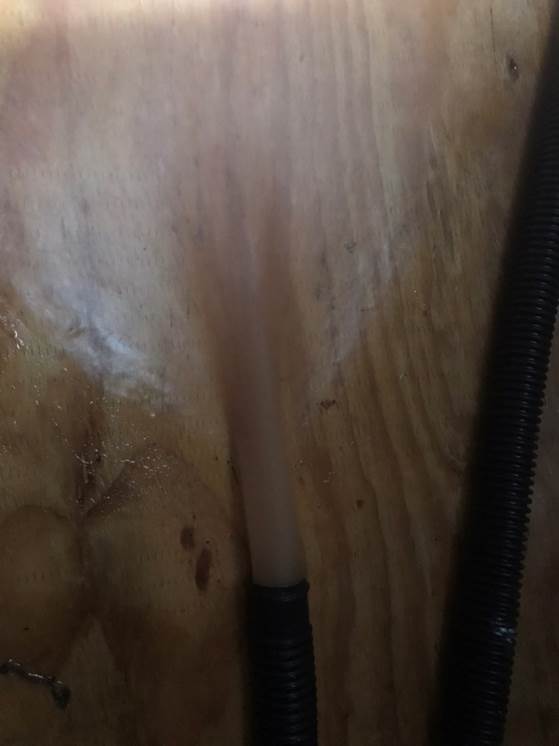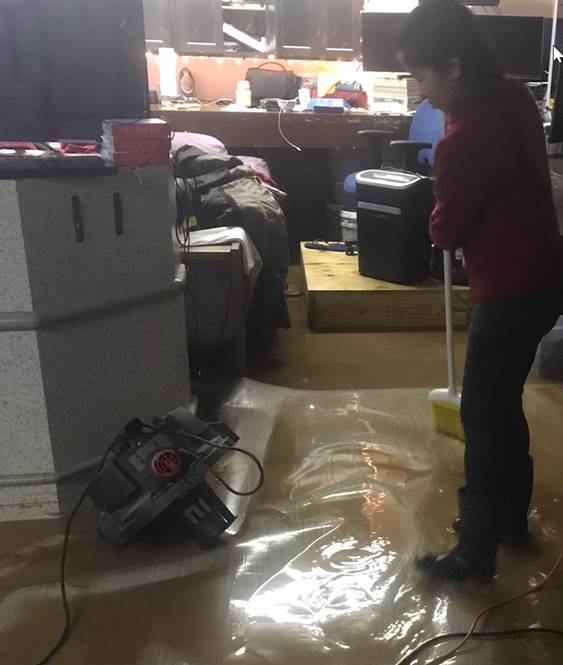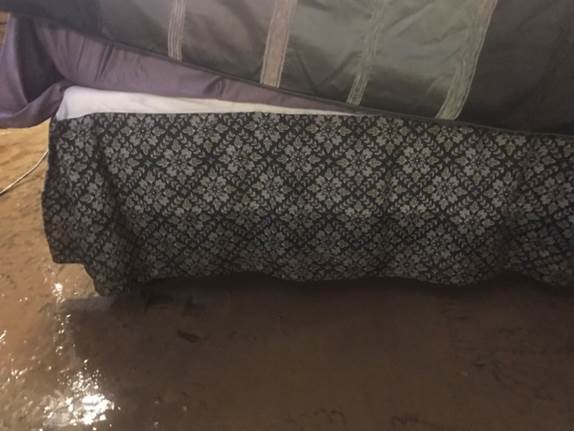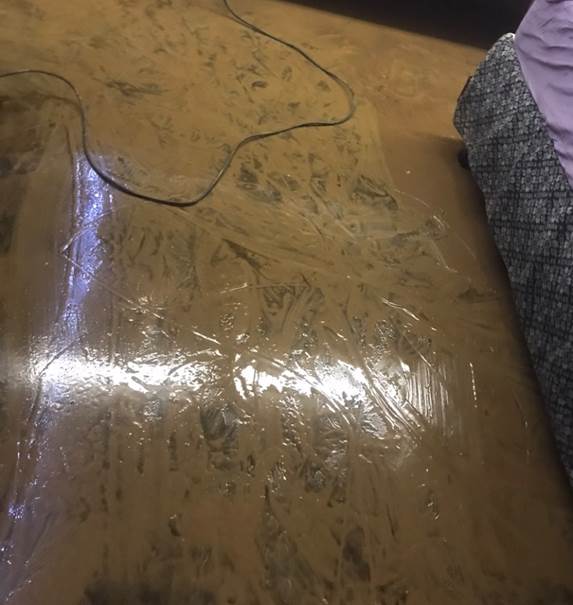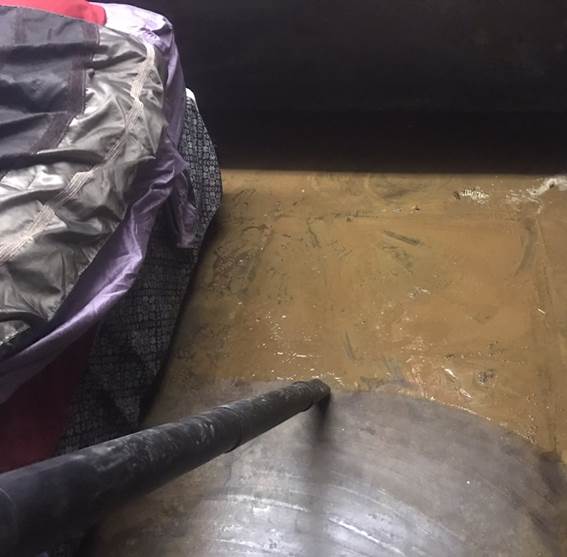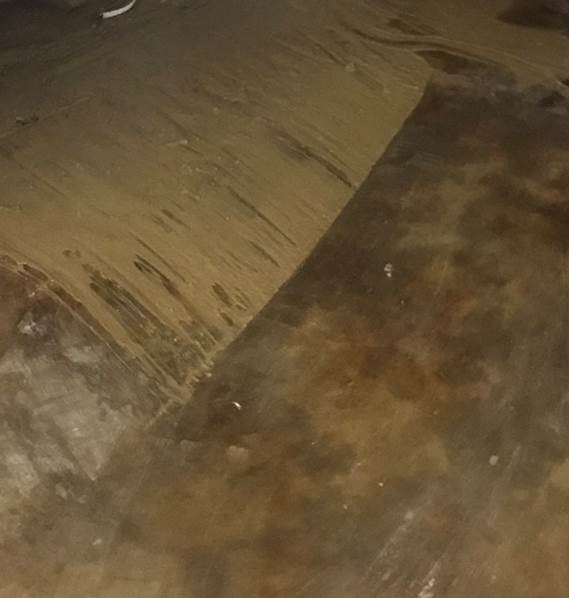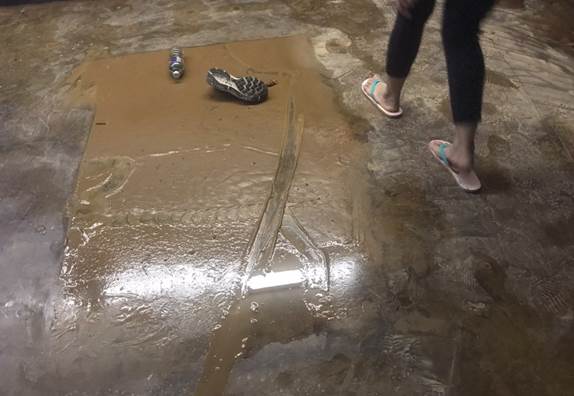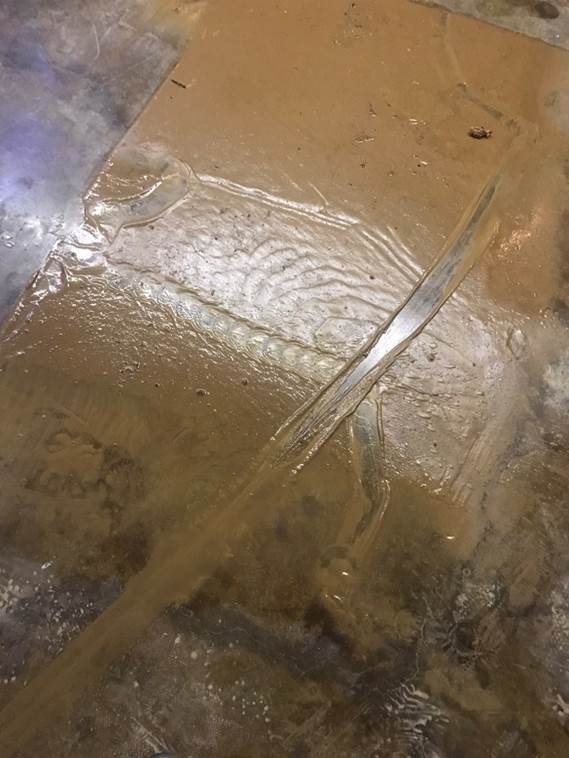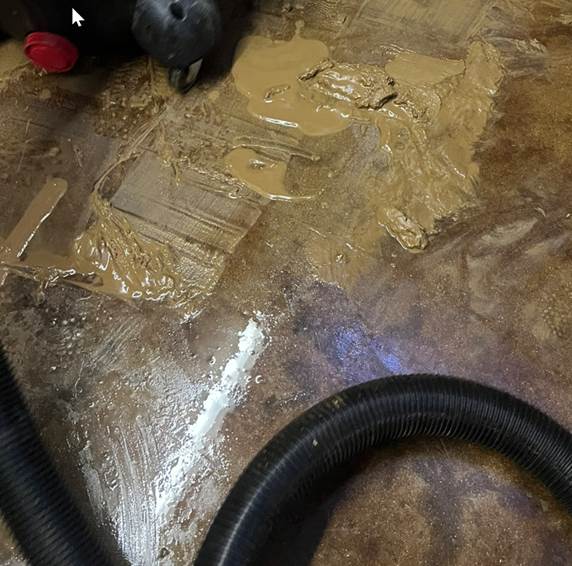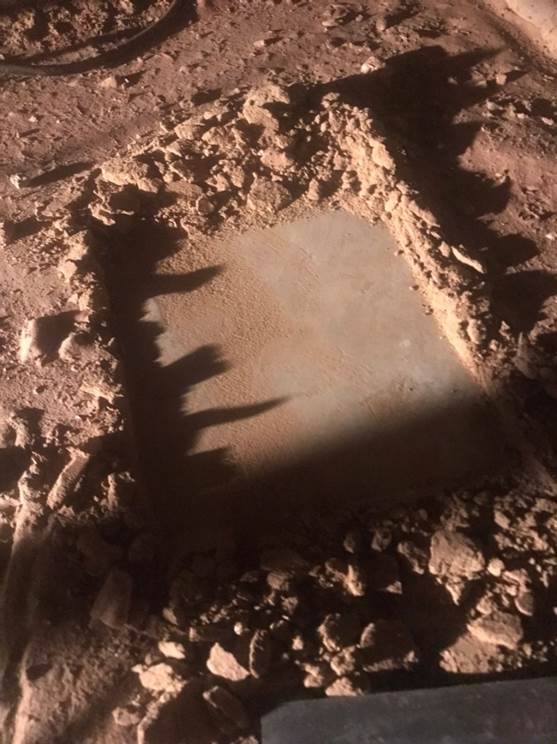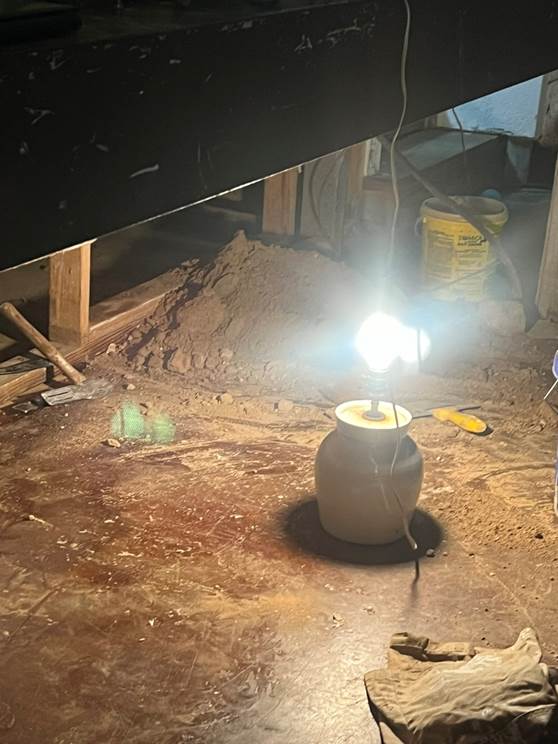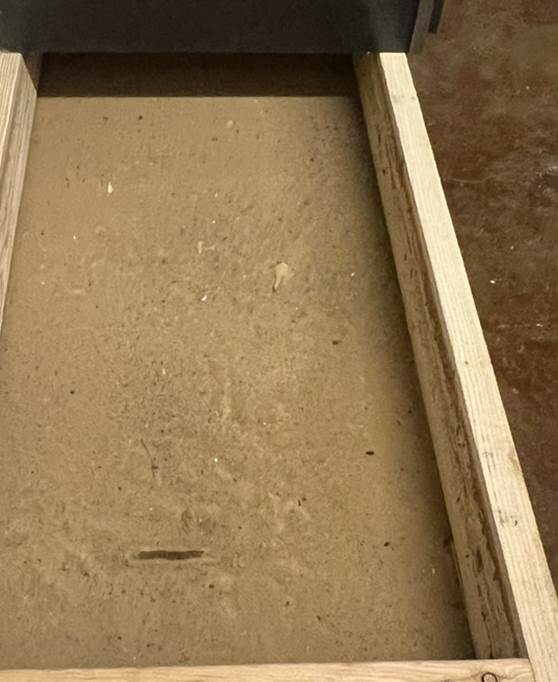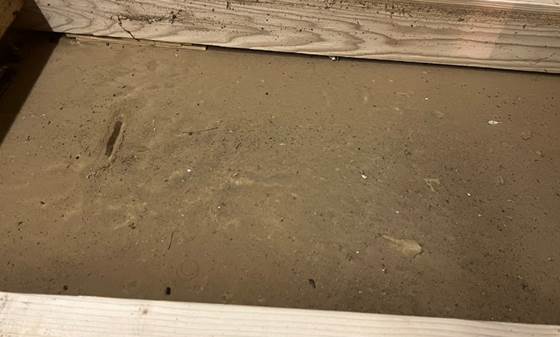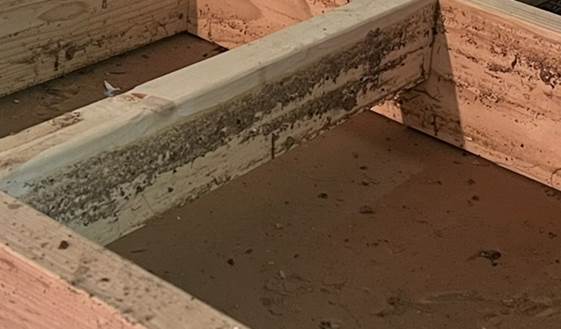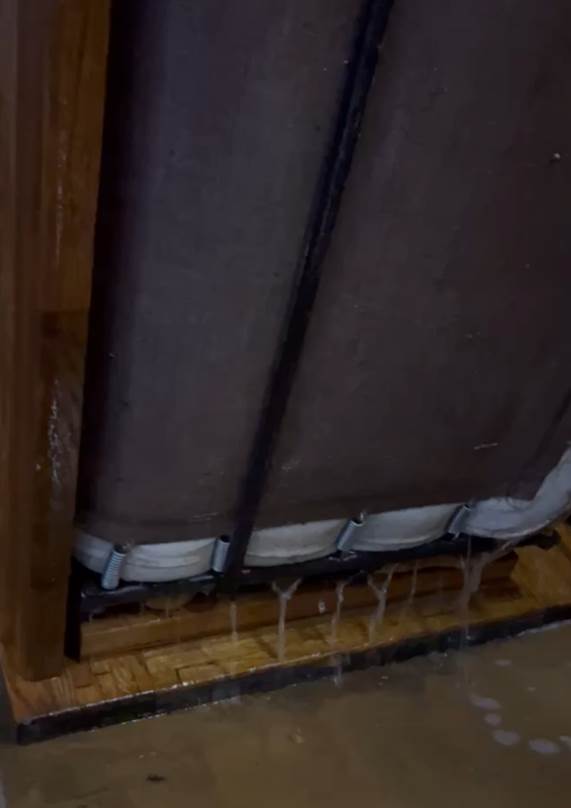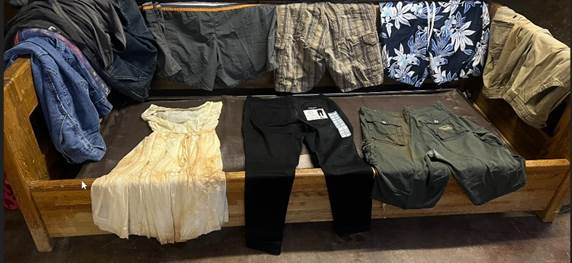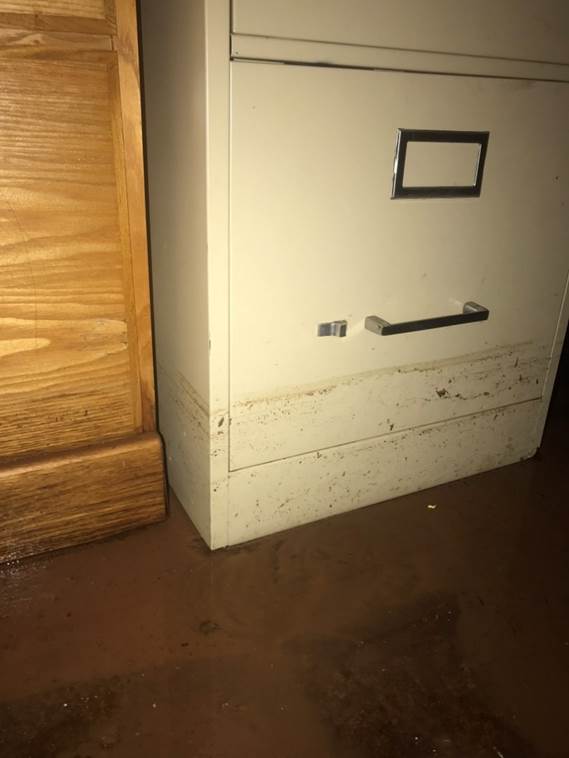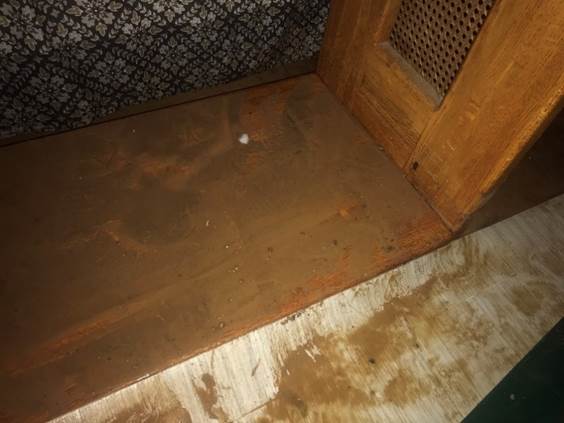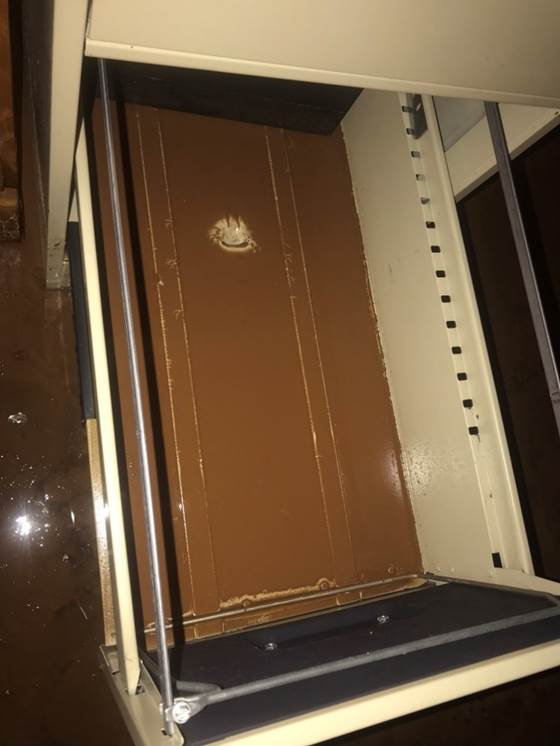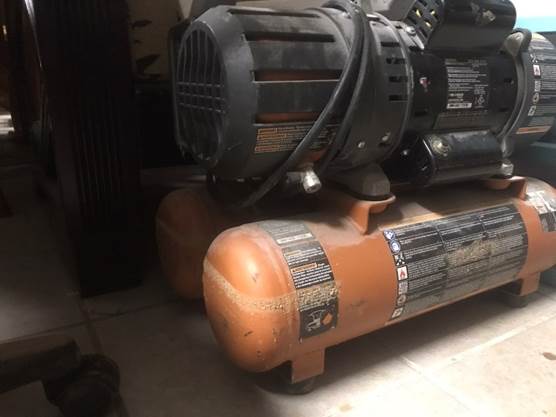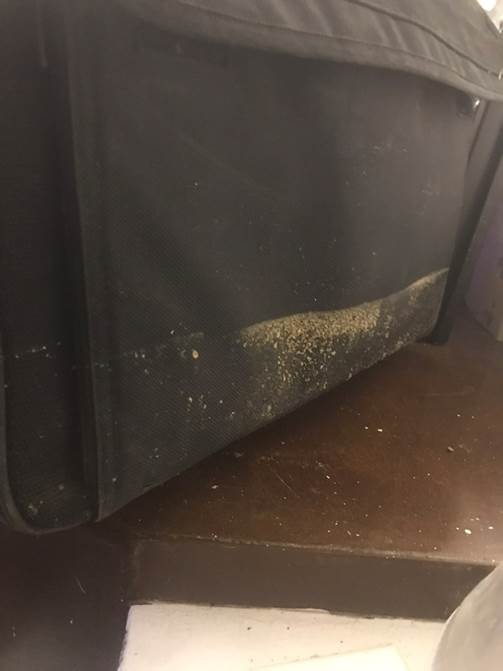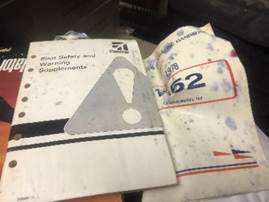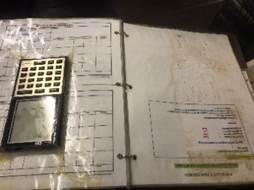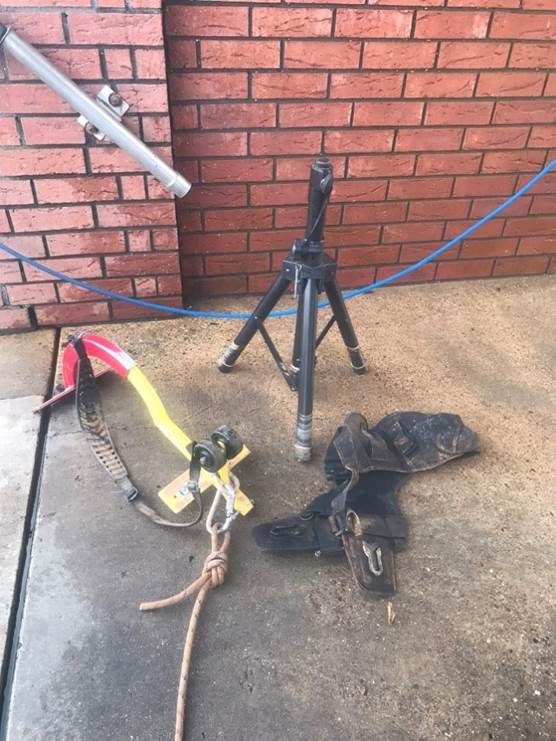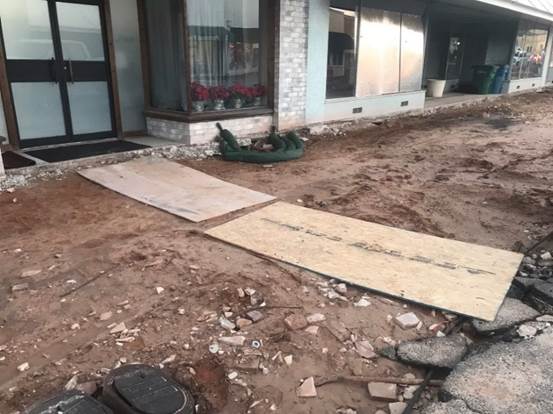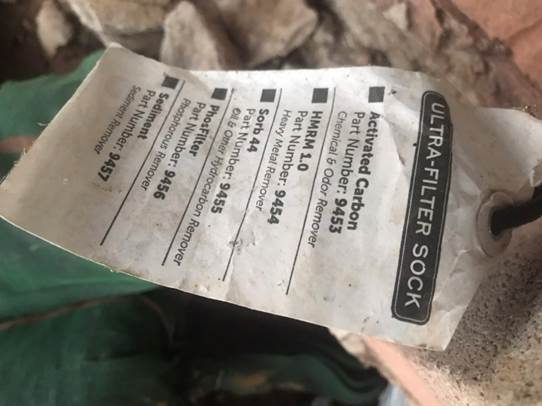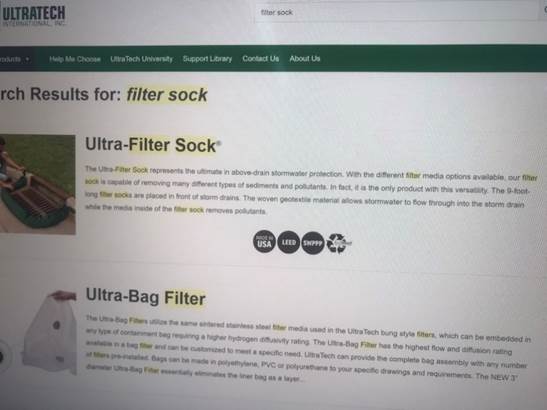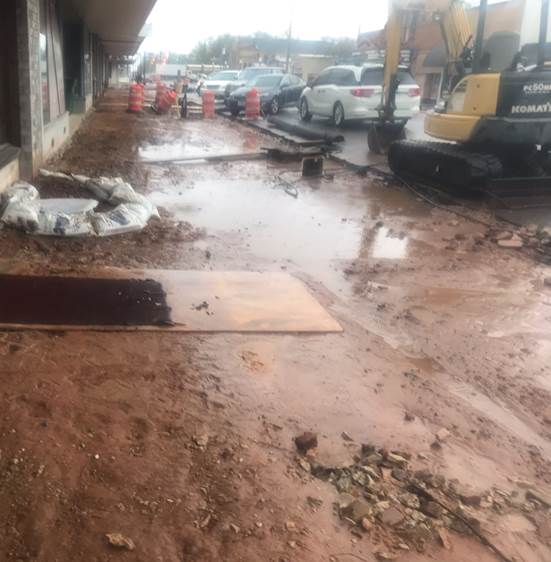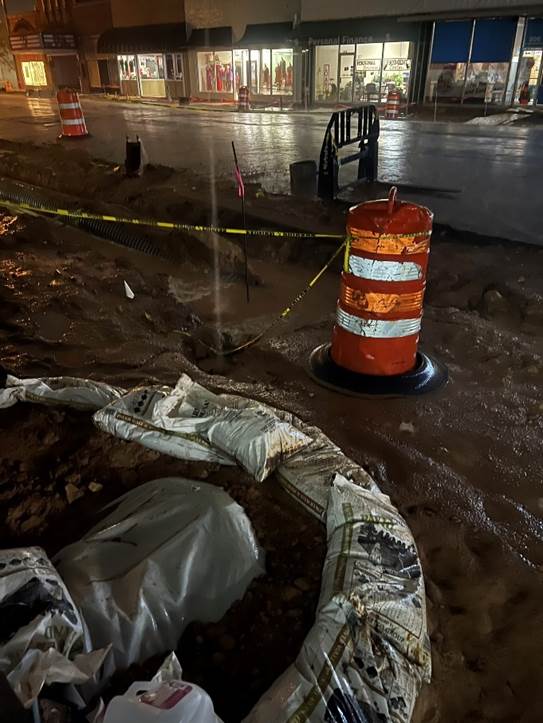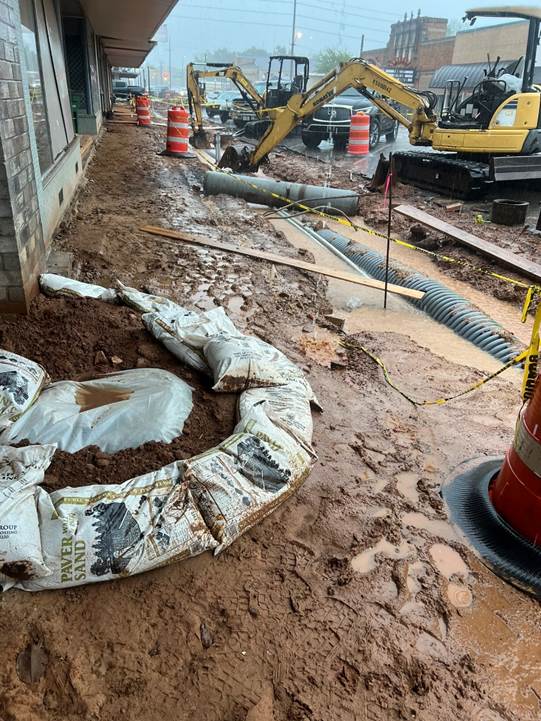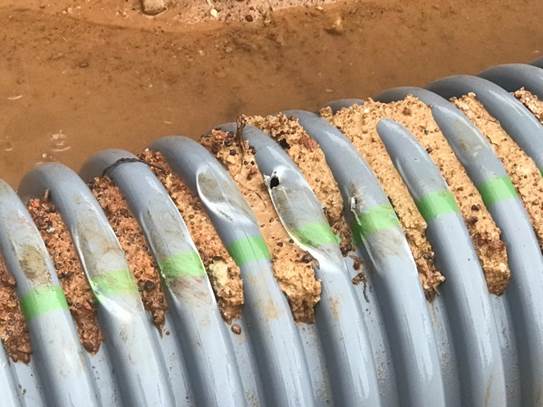City
Contractor Flooding Lower Level @ 303 N. Washington Avenue.
It is important to understand/note that this is a
historical block with many buildings being built back to the 1800 and 1900’s.
Many of these buildings have rock and 120-year-old brick
foundations.
It’s critical to take precautions to prevent damage and
unnecessary moisture to the old brick and mortar.

Pre-Construction photo, prior to sidewalk removal.
It is my
understanding that the contractors' statements have changed regarding the hole
they uncovered in front of our building when they removed the sidewalk.
· Initially they stated they were not
sure what the “hole” was for.
· They later stated they were not aware
of any “hole.”
· They later stated it was a
“ventilation hole.”
There is no
crawlspace venting at 303 N. Washington Avenue because the ‘crawlspace’ for the
front portion of the building is integrated into the lower-level interior
envelope, which is heated and cooled like the rest of the building by design. There are no, nor where there, exterior
ventilation holes in the building's front walls or sidewalk for this building.
The
following email was obtained via the open records act from a reporter for the
Marshall News Messenger. The email
captures communication between the city Engineer and the contractor, Casey
Sloan Construction, LLC. Casey Sloan's
replies are shown in bold.
· Notably, he omitted responding to the
inquiry outlined at the top of page 2, regarding the “hole” they “uncovered”
during the demolition of the sidewalk.
“***For clarification – the “hole” that was uncovered during the
demolition on the west side (building next to The Nest), we previously agreed
to “cover that up with the concrete paving as it was when we discovered
it”. Do you still agree? All we know is the guy named Larry (that
lives there).”

The
following are some photos regarding the flooding event that occurred on
February 11, 2024:
|
|
Photo shows the boards I placed in
front of the hole during the heavy flooding in an attempt to divert the
water. This photo was taken after the
water had subsided. |
|
|
Note the contractor grading left the
“hole” in the front of our building, the low point on the block. |
|
|
Storm drain area cluttered with
debris. |
|
|
Water
flooded through the front crawlspace to the rear lower level. Photo taken 2 months after flooding. |
|
|
Water
flooded through the front crawlspace to the rear lower level. Photo taken 2 months after flooding. |
|
|
Water
eroded dirt from footer. Photo taken 2
months after flooding. |
|
|
Crawlspace
exit to the lower level, where the HVAC unit was installed. Photo taken 2 months after flooding. |
|
|
HVAC Unit
in area above. |
|
|
Water and
mud flooded through HVAC unit. This
photo is after the water was extracted. |
|
|
Water and
mud flooded the lower level. |
|
|
Pumping
water from lower level. |
|
|
Cleanup |
|
|
Photos taken
after water extracted and drying process, cleaning out additional mud that
was washed in. |
|
|
Cabinets
installed on framing. Mud washed
under, requiring detaching to clean and dry. |
|
|
After pumping
water out of basement, mitigating damages. |
|
|
|
|
|
Photos
taken after water extracted. |
|
|
Photos
taken after water extracted. |
|
|
Photos
taken after water extracted. |
|
|
Photos taken
after water extracted. |
|
|
|
|
|
Continuing
to mitigate damages, cleaning. |
|
When asked by the
newspaper about our flooding, Casey Sloan stated, “…with construction work,
water will flow to the lowest point, and that the team and the city cannot
control the weather….” |
|
|
|
The
contractor installs filter socks designed to freely allow storm water to pass
through them and filter contaminates. These are
not designed for erosion control or water barriers. They are designed for removing contaminates
from storm water that passes through them. Contractor
foreman confirmed he knew they were filter socks and stated that is why he
used 3 of them? |
|
|
Contractor
installed Filter Socks made by “Ultratech International, Inc.” |
|
|
Contractor
installed Ultra-Filter Socks |
|
ULTRATECH INTERNATIONAL, INC Ultr-Filter Sock |
Stop sediment and other pollutants from
entering stormwater drains
Product Highlights
·
Woven polymer casing allows water to pass through quickly while filtration media inside
removes pollutants. |
|
Ultratech 9453 |
DESCRIPTION:
The UltraTech #9453 Ultra–Filter Sock Activated Carbon stop
harmful substances from entering the stormwater system. Use in front of storm
drains, around downspouts, in gullies and ditches or anywhere there is
potential for harmful stormwater runoff. Woven polymer casing allows water to pass through quickly
while filtration media inside removes pollutants. The activated carbon
helps remove certain chemicals, hydrocarbons and odors. Available in 9–foot
lengths. Units can be overlapped for longer coverage and the high UV rating
allows extended life in sun and elements. |
|
Ultratech 9454 |
DESCRIPTION:
The UltraTech #9454 Ultra–Filter Sock Heavy Metal Removal filter
zinc, lead, copper and other harmful, heavy metals. Use in front of storm
drains, around downspouts, in gullies and ditches or anywhere there is
potential for harmful stormwater runoff. Woven polymer casing allows water to pass through quickly
while filtration media inside removes pollutants. Available in 9–foot
lengths. |
|
Ultratech 9455 UltraTech #9455
Ultra–Filter Sock, Sorb 44, 108 inch X 7 inch X 4 inch (1)
(bestmaterials.com) |
DESCRIPTION:
The UltraTech #9455 Ultra–Filter Sock Sorb 44 remove oil and
other hydrocarbons from entering the stormwater system. Use in front of storm
drains, around downspouts, in gullies and ditches or anywhere there is
potential for harmful stormwater runoff. Woven polymer casing allows water to pass through quickly
while filtration media inside removes pollutants. Available in 9–foot
lengths. |
|
Ultratech 9456 UltraTech #9455
Ultra–Filter Sock, Sorb 44, 108 inch X 7 inch X 4 inch (1)
(bestmaterials.com) |
DESCRIPTION:
The UltraTech #9456 Ultra–Filter Sock Phos Filter stop
phosphorous from entering the stormwater system. Use in front of storm
drains, around downspouts, in gullies and ditches or anywhere there is
potential for harmful stormwater runoff. Woven polymer casing allows water to pass through quickly
while filtration media inside removes pollutants. Available in 9–foot
lengths. |
|
Ultratech 9457 |
DESCRIPTION:
The UltraTech #9457 Ultra–Filter Sock Sediment Removal stop
harmful substances from entering the stormwater system. The recycled rubber
media provides weight, keeps unit in place, allows maximum water flow. Use in
front of storm drains, around downspouts, in gullies and ditches or anywhere
there is potential for harmful stormwater runoff. Woven polymer casing allows water to pass through
quickly while filtration media inside removes pollutants. With the
different filter media options available, this product is capable of removing
many different types of pollutants. Available in 9–foot lengths. Units can be
overlapped for longer coverage and the high UV rating allows extended life in
sun and elements. |
|
|
|
|
|
Given the
contractor's apparent failure to take adequate precautions to prevent water
damage, we proactively secured permission to install our own water barrier to
mitigate further risk. |
|
|
Thanks to
our water barrier we were prepared for a massive rainstorm, with almost
double the rainfall from when we flooded, and were able to avoid additional
damages. |
|
|
The
torrential downpour dislodged the contractor's storm drains, popping them out
of the ground. Alarmingly, the
contractor then attempted to push them back in with a backhoe. |
|
|
The
torrential downpour dislodged the contractor's storm drains, popping them out
of the ground. |
|
|
|
|
|
Contractor
ineffectively tries to push storm drains back into the ground with back hoe,
causing holes he later covers up. |
|
|
Contractor
ineffectively tries to push storm drains back into the ground with back hoe,
causing holes he later covers up. |




